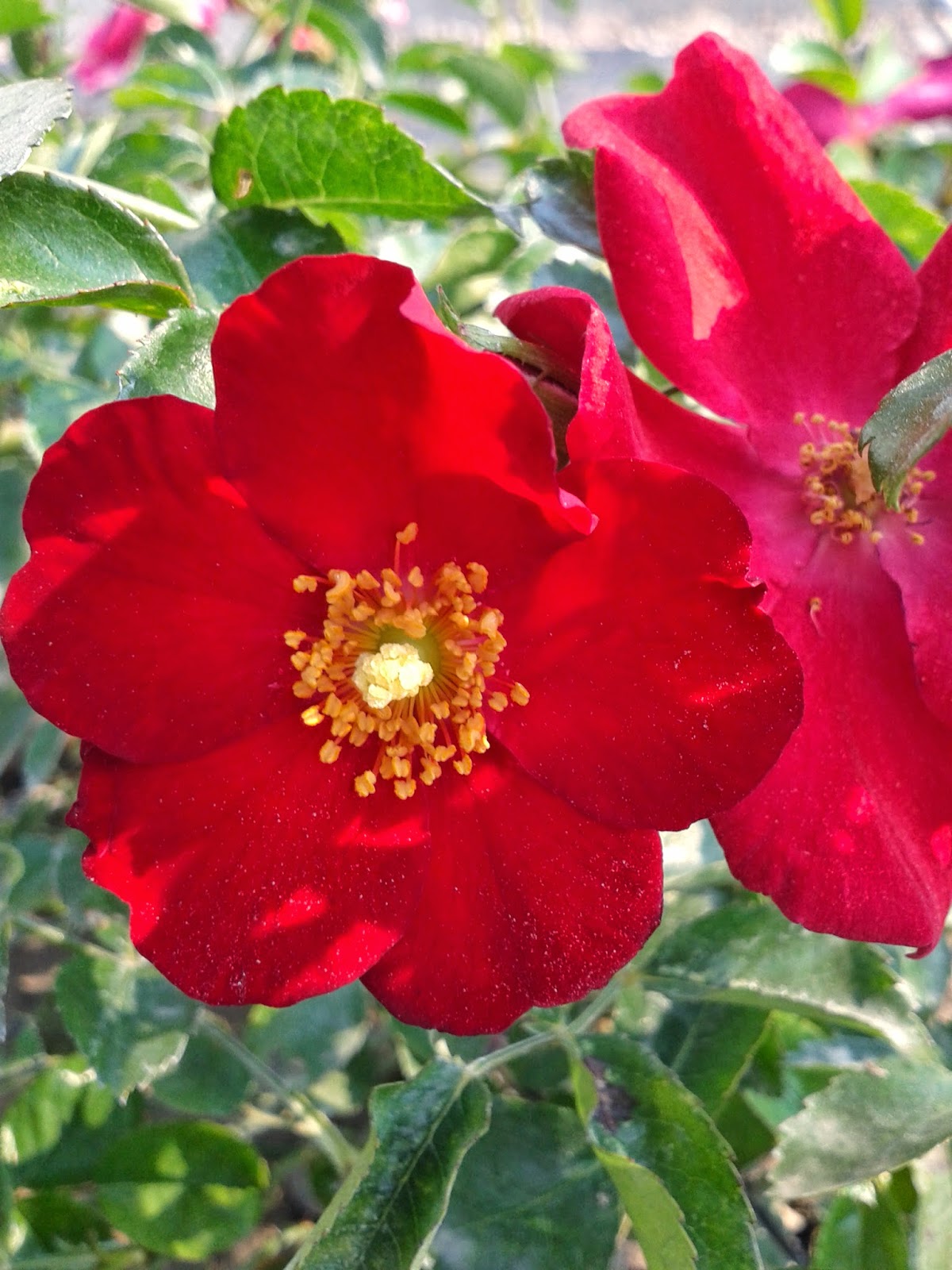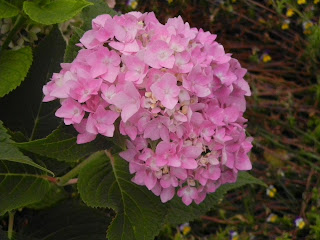A Rose By Any Other Name...

When William Shakespeare penned the phrase, "A rose by any other name would smell as sweet," I'm sure he wasn't referring to plant nomenclature. However, roses, like all plants, have multiple names, and sorting things out can sometimes be a bit confusing. Here is a simple explanation of plant names, and why this knowledge is important for home gardeners.
 If you've ever looked closely at any of the tags that come on plants you've purchase, you've probably noticed that the tags list two names for the plant. The first is a common name which is usually in English and easy to pronounce. For example, on this tag the common name is Mint Julep Juniper--easy enough. The other name isn't quite as easy--Juniperus chinensis 'Monlep.' You might look at that name and say, "Well that's Greek to me," but you would be wrong. It's the botanical name for this plant and it's not Greek, it's Latin.
If you've ever looked closely at any of the tags that come on plants you've purchase, you've probably noticed that the tags list two names for the plant. The first is a common name which is usually in English and easy to pronounce. For example, on this tag the common name is Mint Julep Juniper--easy enough. The other name isn't quite as easy--Juniperus chinensis 'Monlep.' You might look at that name and say, "Well that's Greek to me," but you would be wrong. It's the botanical name for this plant and it's not Greek, it's Latin.So why the Latin botanical names? Is it just so plant lovers can look all hoity toity and knowlegeable when they spout off names like Gleditsia tricanthos variety inermis instead of thornless honeylocust? Well, that might be one reason, but the bigger, more important reason has to do with consistency. Botanical names are based on international rules and regulations. They are the same whether you are in Idaho or New York or New Zealand. Common names aren't. In fact, the same common name may apply to multiple plants.
 |
| Euonymus alatus 'Compactus'--our burning bush |
Another problem arises in that the same plant may have multiple common names. A couple of years ago I needed several of a specific plant for a client's landscape. A young clerk at the nursery where I was purchasing the plants was helping me check out. As he was gathering the tags off the plants to ring them up, he suddenly stood up and said, "Ah oh, these aren't all the same plant."
He then showed me the tags. Some of them had the common name as gro-low sumac and some had the common name as spreading fragrant sumac. However, when I looked at the botanical name, all the tags listed it as Rhus aromatica 'Gro-low.'
I pointed this out to him and said, "Don't worry, they are all the same." Two different suppliers had simply labeled the same plant with different common names.
To botanists the Latin names often have significance. For example, the chinensis in Juniperus chinensis says that this plant is a native of China. And the 'Compactus' in Euonymus alatus 'Compactus' says this is a smaller form of the plant. However, your typical home gardener doesn't need to understand all that. As a simple explanation, the first word (in this case Euonymus) refers to the plant's genus, the second word (alatus) refers to the plant's species, and the third word ('Compactus') refers to the plant's variety or cultivar. This is the most common form of botanical name you will encounter. Sometimes the botanical name will contain an "x." For example the botanical name for goldflame honeysuckle is Lonicera x heckrotti. This tells us that this plant is a hybrid of two other plants.
.jpg) So why does all this matter to you? Let's say that you purchase a bush, plant it in your backyard, and realize your really like it and want six more of that exact plant. But when you go back to the nursery they only have two left. So you go to another nursery or you shop online, and you find a plant that looks like it might be the same one. How do you know for sure? Don't look at the common name. As I've pointed out above, that can get you all mixed up. Instead, look at the botanical name. If it is exactly the same as the botanical name of the bush you've already purchased, you can be sure it is the same plant. Any difference in the name, and it isn't.
So why does all this matter to you? Let's say that you purchase a bush, plant it in your backyard, and realize your really like it and want six more of that exact plant. But when you go back to the nursery they only have two left. So you go to another nursery or you shop online, and you find a plant that looks like it might be the same one. How do you know for sure? Don't look at the common name. As I've pointed out above, that can get you all mixed up. Instead, look at the botanical name. If it is exactly the same as the botanical name of the bush you've already purchased, you can be sure it is the same plant. Any difference in the name, and it isn't.Back to our original statement, would "a rose by any other name smell as sweet"? I'm not sure about the fragrance, but if you want to make sure the plant you are buying is a rose, look for Rosa as the plant's genus. If it's there, you're set. If not, who knows what you're getting.



Comments
Post a Comment